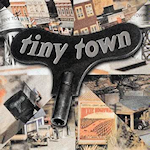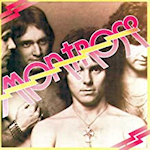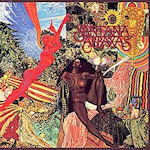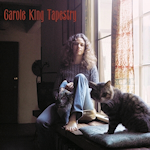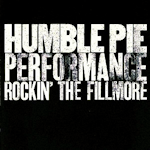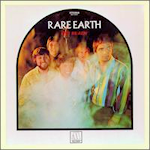
Eddie Van Halen was a world-renowned guitarist, songwriter, and producer who was born on January 26, 1955, in Amsterdam, the Netherlands. He was best known as the co-founder and lead guitarist of the American rock band Van Halen.
Eddie Van Halen revolutionized the sound of rock guitar playing in the late 1970s and early 1980s with his innovative and virtuosic style. He was known for his dazzling finger-tapping techniques, intricate solos, and innovative use of effects pedals, the "whammy bar" and even an electric drill.
Van Halen's self-titled debut album, released in 1978, was a massive success and helped to establish the band as one of the biggest and most influential rock acts of the 1980s. The album featured hits like "Runnin' with the Devil," "Eruption," and "Ain't Talkin' 'Bout Love."
Eddie Van Halen continued to push the boundaries of guitar playing throughout his career, and he remained a hugely influential figure in the world of rock music until his death on October 6, 2020, at the age of 65. He will be remembered as one of the greatest guitarists of all time and a true pioneer in his field.
While Eddie Van Halen is primarily known for his exceptional guitar playing, he was also a skilled pianist. He had a strong musical foundation and was classically trained on piano as a child. This training influenced his approach to guitar playing and contributed to his unique style.
Van Halen's piano skills can be heard in various songs throughout his career with Van Halen. The power ballad "Love Walks In" from the album "5150" (1986) prominently features his piano playing alongside the guitar work. He also played piano on the track "Dreams" on "5150", and on "When It's Love" from the album "OU812".
Although Eddie Van Halen's piano playing may not have received as much attention as his guitar work, it was an important part of his musical repertoire, demonstrating his versatility and musical prowess across multiple instruments.

